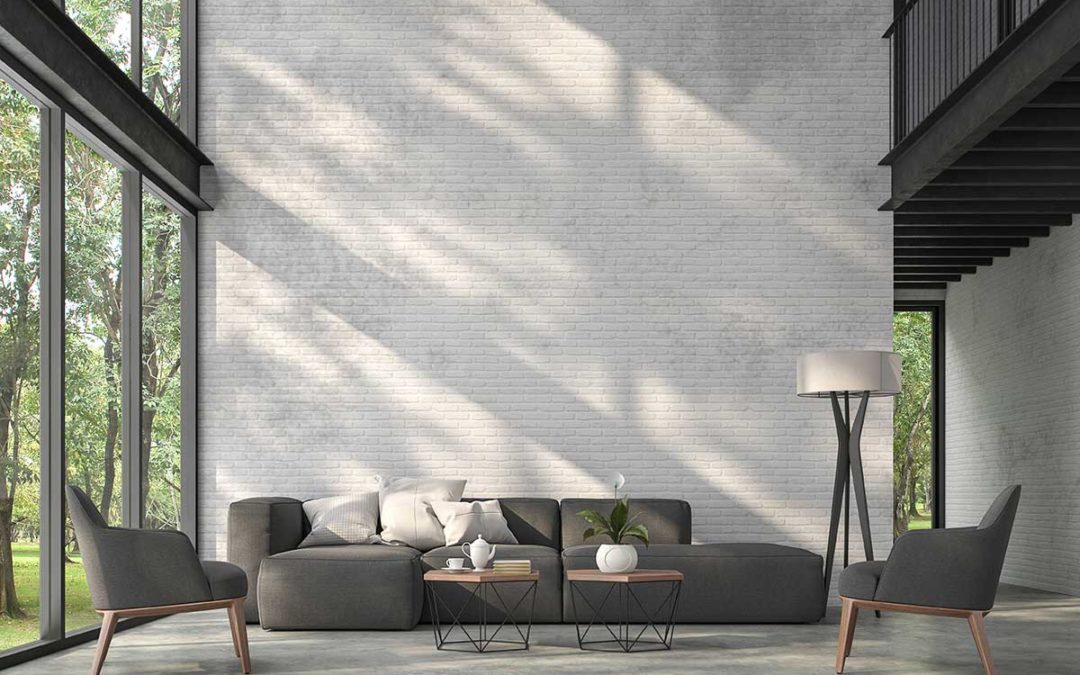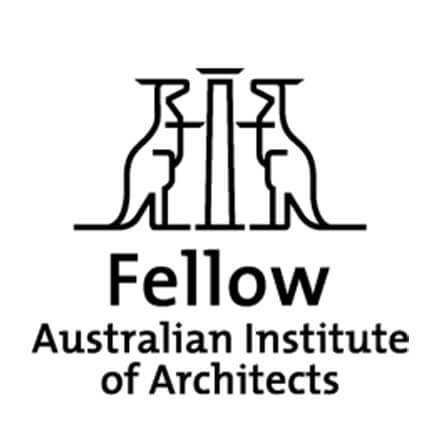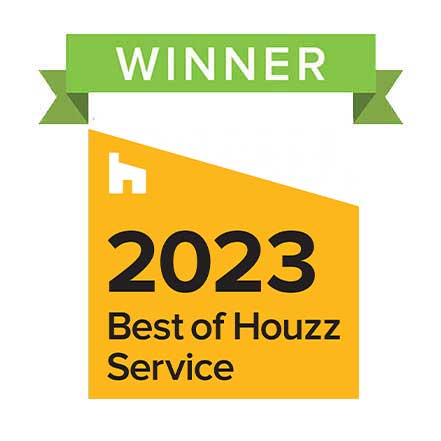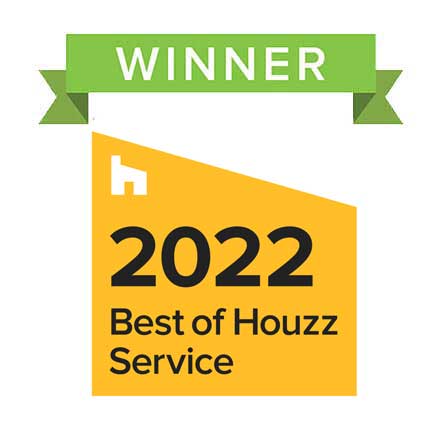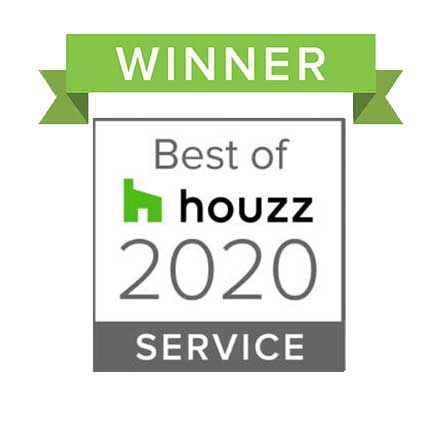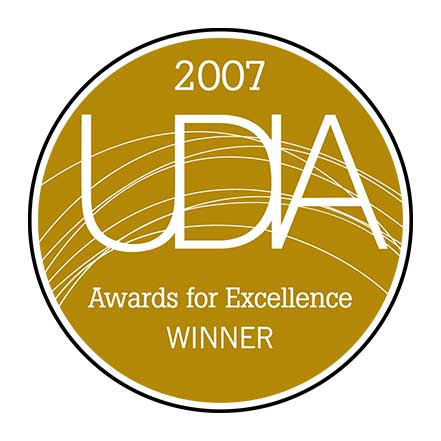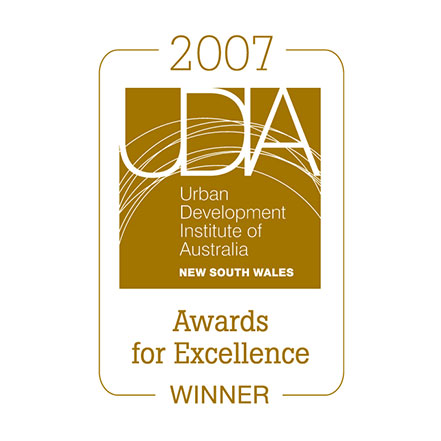Architectural trends tend to evolve relatively slowly. There is no seismic shift in design styling that suddenly occurs when the clock ticks past midnight on 31st December between years.
Unless of course there is a major disruptive global event that significantly affects our lives in the way that COVID-19 has done.
Consequently, in addition to existing trends already developing, there will be definite new design influences emerging in 2021 as a result of this pandemic.
Architectural Design Styles
The desire for more space in our homes because of this unexpected home isolation is epitomised by the trend towards Industrial style homes. Familiar to most of us from watching movies featuring trendy converted New York loft apartments, this style offers the benefits of large voluminous open plan spaces with excellent natural light and ventilation.
Whilst in the past many old warehouses in former industrial areas of our inner cities have been adapted for residential use, this style is now being replicated in more flexible and intimate ways in new buildings. Characterised by sharp building lines and flat roofs with expansive panoramic windows, the finishes often incorporate rustic natural building materials.
Mid Century modernist styling also continues to be popular. It shares similar design traits to industrial styling, in particular the use of large expanses of floor to ceiling glass and rectilinear building forms.
A modern twist is the use of glass walls surrounding “fishbowl” living spaces seeming to effortlessly support a larger overhanging second storey above. Reflecting a readiness to adopt more adventurous engineering principles in our homes, this design concept has the added benefits of providing improved protection from sun and weather penetration into the interior of the home.
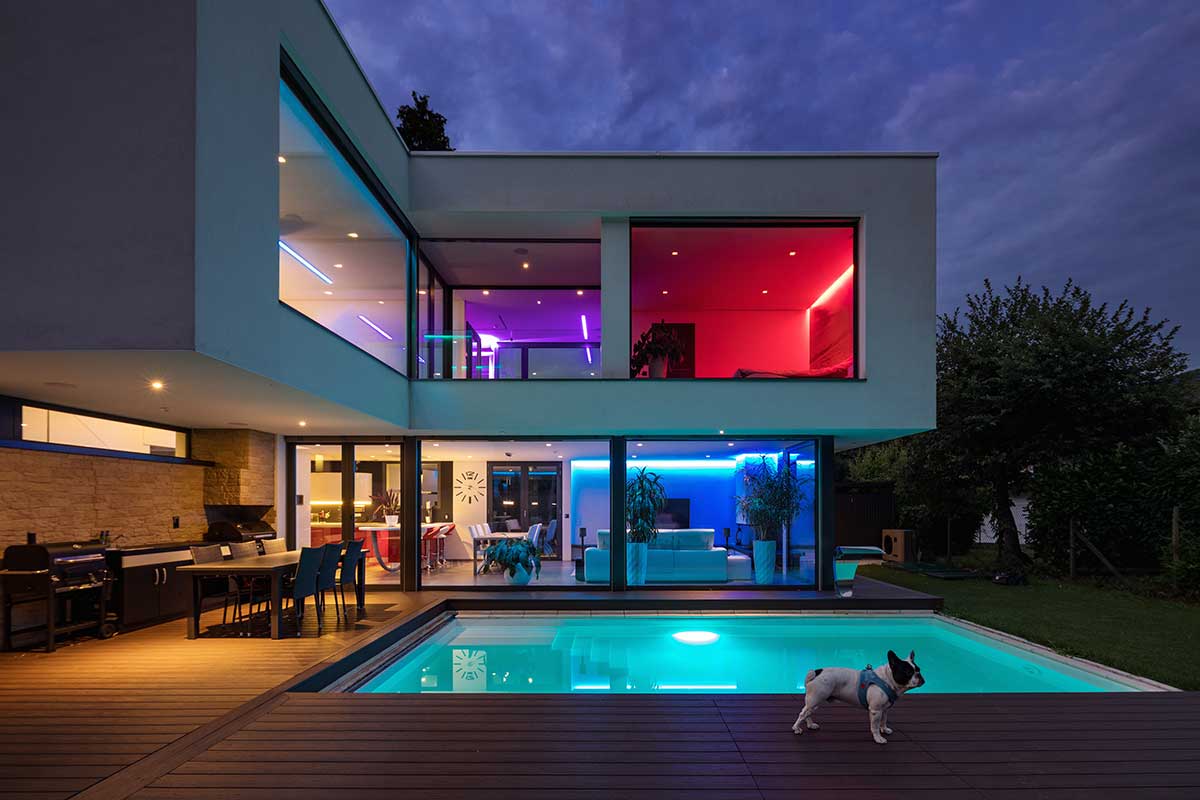
In distinct contrast to these industrial and modernist design principles, softer organic curves are also being adopted in both plan form and elevational treatments. Simple unadorned neo classical arches are becoming feature façade elements to entry porticos and colonnaded verandas, often painted white evoking a return to Mediterranean styling and influences.
Biophilia also continues to come to the fore.
Describing our innate appreciation of nature, the large expanses of glass utilised in both industrial and modernist building styles blur the distinction between internal spaces and external gardens. This allows us to connect more directly with the natural environment, a welcome relief after our recent experiences of extended confinement within solid walls.
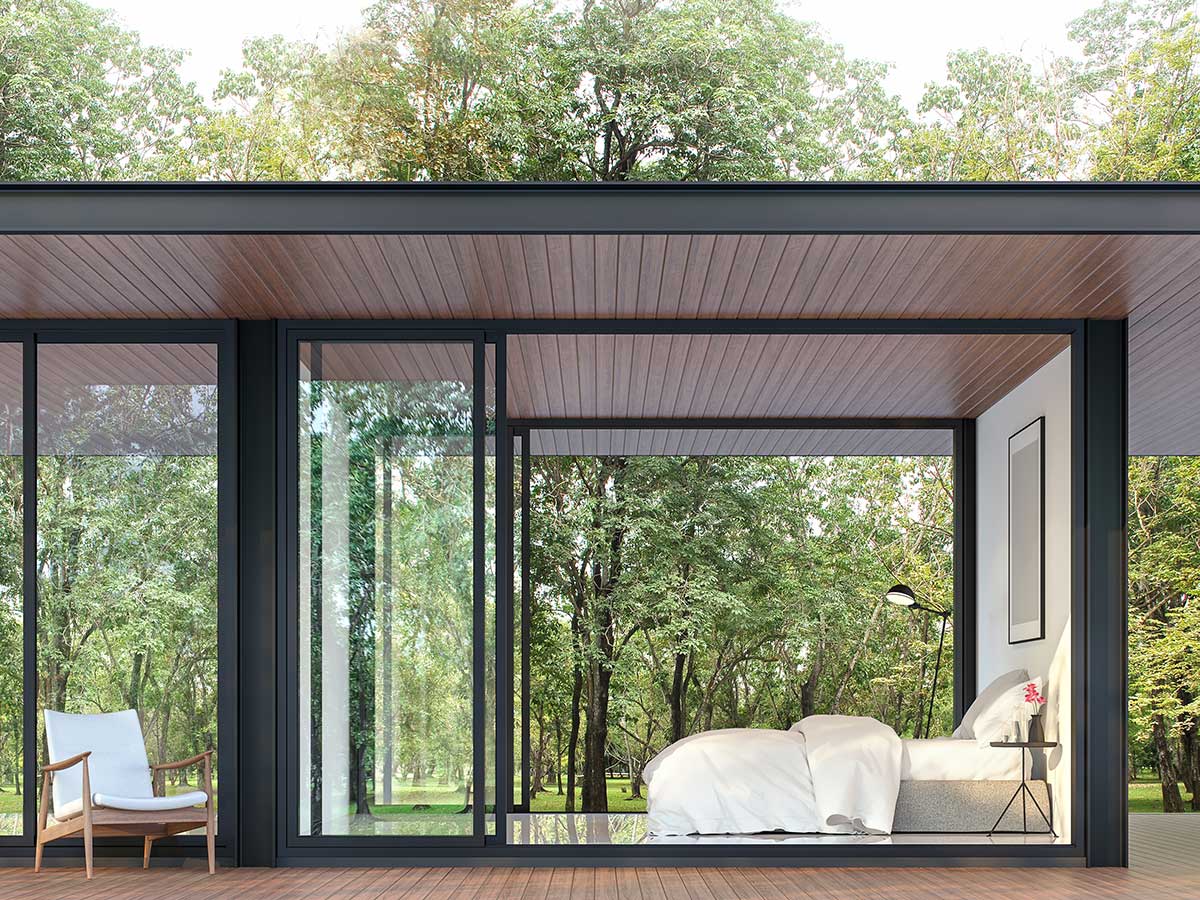
Planters are also being applied to building facades, supporting lush greenery at all building levels, no longer confined to just ground level gardens.
Internal gardens, whether incorporated in a courtyard or placed vertically on walls within rooms continue this trend.
Our recent blogpost provides more information about vertical gardens and the benefits of biophilia – Vertical Gardens – The Ultimate in Organic Architecture
Materials & Finishes
Natural materials like timber and stone are continuing to be extremely popular.
In another nod to the modernist design style, many new houses are now incorporating feature internal or external walls clad in random “crazy pave” stone.
Bricks are also having a renaissance, especially in multi coloured combinations, or utilising rough recycled product for a rustic effect.
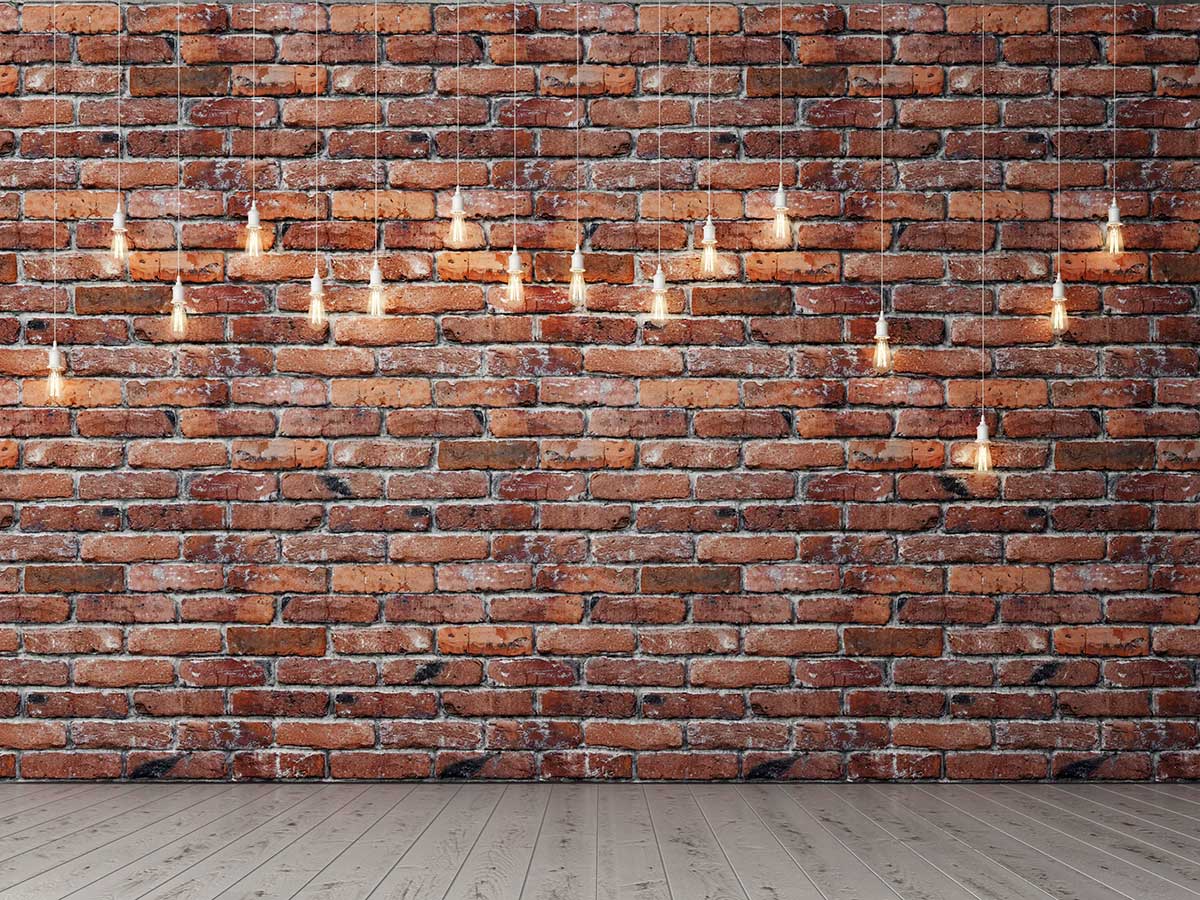
Often numerous building materials and finishes are combined in an eclectic blend defined as “boho chic”, a style drawing reference from various bohemian and hippie influences.
An example of maximalism , this style is replacing the previously popular minimalism.
Boho is currently having a resurgence since it’s heyday in the early “noughties” and is heavily driven by the photogenic opportunities it offers for posting to social media sites like Instagram and Pinterest. Wanting to see some examples of Boho styling – https://www.pinterest.com.au/littleinkempire/modern-boho-home-decor/
COVID-19 has also made us much more conscious of the impact materials and internal finishes can have on hygiene. Some materials like stainless steel have been shown to harbour the virus for extended periods, whilst other antimicrobial materials such as metallic copper will kill the bacteria. Selecting kitchen finishes in 2021 will involve making decisions beyond a simple choice between laminate and stone.
Colour.
Simple external colour palettes incorporating predominantly black (dark charcoal greys) or white are being used in conjunction with natural building materials.
Internal colour trends always vary considerably from year to year, and often repeat in cycles. They are influenced by numerous sources including trend setting companies like Pantone who nominate their preferred colour or colour combination every year. Pantone Color of the Year 2021
This year’s colours are a different take on a popular colour combination from the 1980’s, pairing grey with yellow, rather than the previous salmon pink and grey.
Interior Planning
The biggest influence the COVID-19 pandemic has had on design trends is in the future layout of our homes.
Suddenly spaces that were only ever intended for limited afterwork use were being used for extended periods every day, and they often proved unsuitable for the new functions expected of them.

Consequently, multipurpose spaces will become much more important in new home designs. Additional areas will also be required for certain functions previously undertaken in shared public spaces, and other rooms will take on either increased or lesser significance because of the ongoing changes to our lifestyles.
For a more comprehensive analysis of these anticipated changes, you can read our recent blog – https://leadesign.com.au/architect/housing-trends-for-living-in-a-contagious-world/
Passive Design
The importance of sustainability in our daily lives has been reinforced during this pandemic.
Passive design principles are no longer considered solely the preserve of “greenies” who choose to live in Eco-cabins in the bush, they are being adopted on a large scale by more homeowners who appreciate the cost savings and environmental benefits that passive design offers.
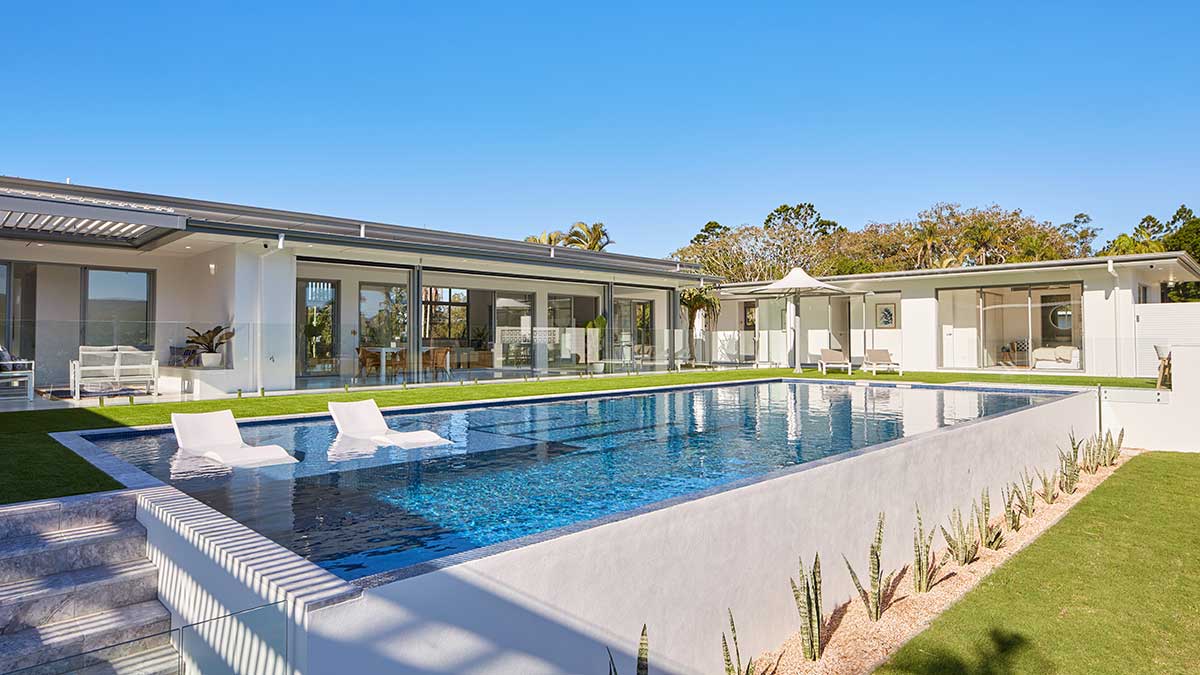
A passive house considers many design factors including careful site selection and building orientation to maximise natural lighting and ventilation. Designs also incorporate practical material specifications and construction techniques that reduce heat load/loss and create a comfortable living environment – even more important when spending extra time living in our homes.
Smart Home Technologies
Until recently, many smart home technologies were primarily adopted as time saving devices to reduce our daily household chores, or to control the quality of the living environment by monitoring temperature, light, air quality and security.
Post COVID-19, touchless technologies will become integrated into more building components, from sensor operated taps to audio-controlled devices. Home automation will begin to play a much larger role in the design of homes in 2021 and beyond.
To find out more about how you can incorporate any of these latest design trends into your next project, contact us for an obligation free meeting at https://leadesign.com.au/contact/.
You might also be interested in...
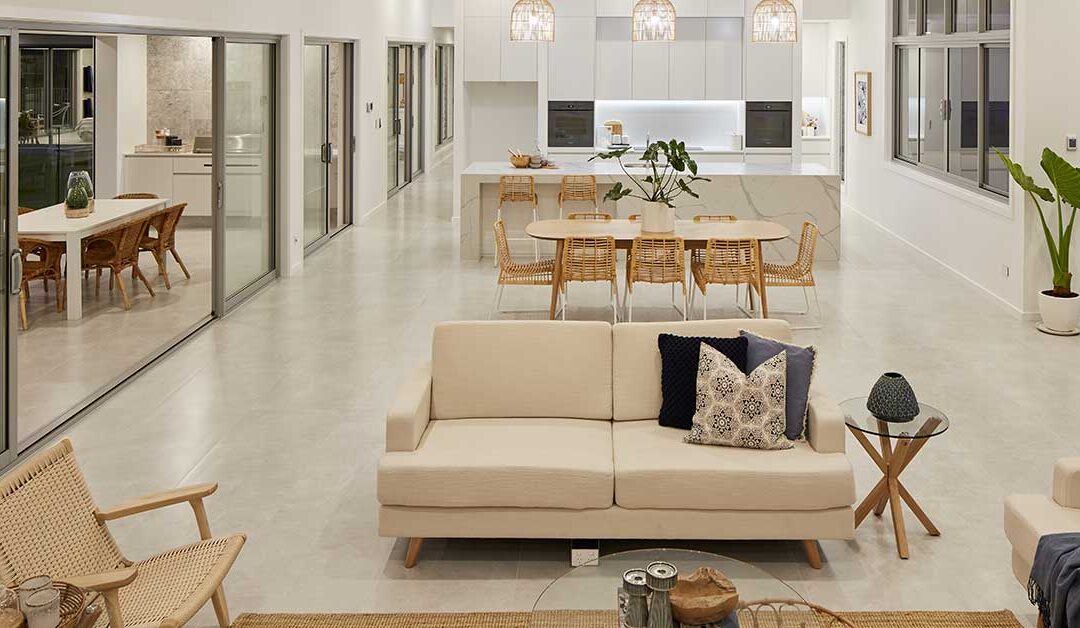
The Most Popular Home Configurations in Australia in 2024
Discover 2024’s top Australian home configurations: bedrooms, bathrooms, and parking preferences. Explore how changing lifestyles shape popular house configurations nationwide.
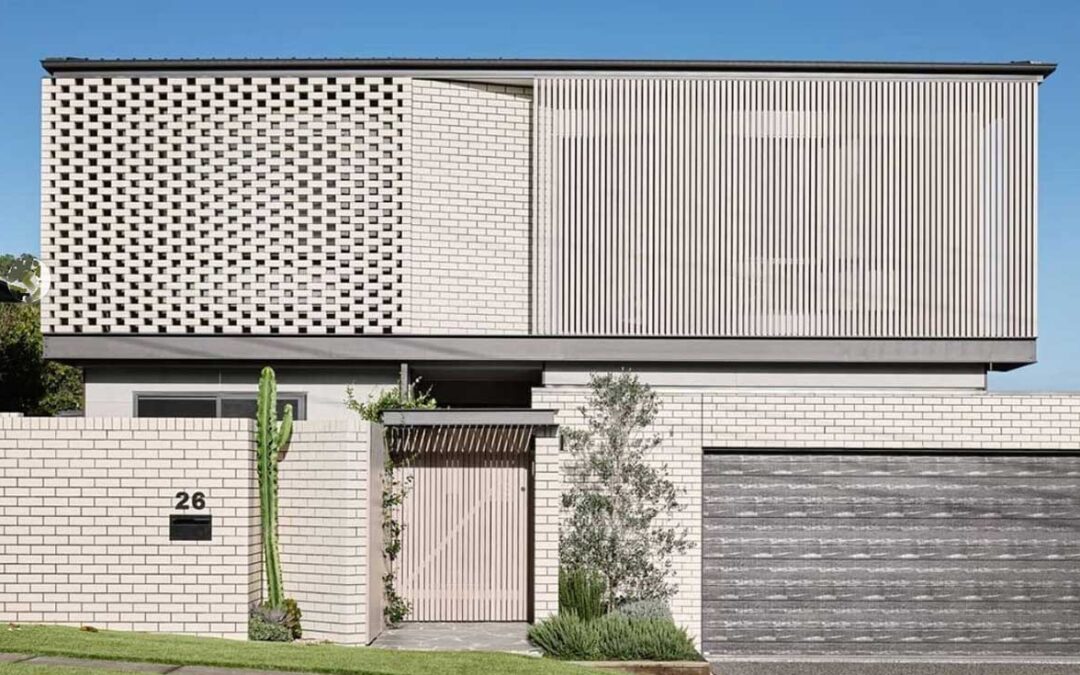
Exploring Contemporary Applications of Brise Soleil
Contemporary applications of Brise Soleil combine functionality, aesthetics, and sustainability, making them a popular choice in various building designs worldwide.

